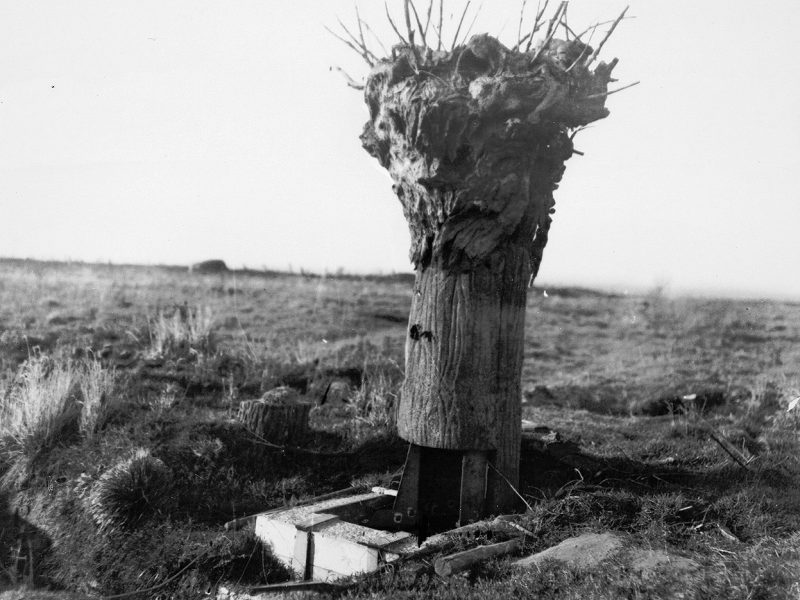Man’s ingenuity would reach new heights when it started to successfully deploy killer camouflage
In 1916, a soldier in WWI could expect to wake up to several constants greeting him. The sun would be up, even if clouds were hiding it. The food would be just as stale as the day before. Water would again have found its way into the trench. Thousands of blood-thirsty enemies would be waiting to be allowed to rush forward to cause the soldier meet his maker. Among the things one would expect to see was the lonely tree that somehow managed to escape complete destruction. One would find solace in the fact that this tree had somehow managed to find a way to survive the madness of intrusive humans who felt the need to blast the world into oblivion.
Some soldiers might have imagined the trees were looking back at them, but they would shake the feeling and move on. Germans, French and British alike would laugh to themselves, wondering if this was some bizarre feeling of nostalgia for childhood and the tales of trees with clutching fingers or unfriendly eyes watching the brave child walking along in the forest. One wonders how would the soldiers would have reacted, though, if they had known there really were eyes looking at them.
In 1916 a special branch of the Royal Engineers, named “Specialist Works Park” and under the watchful eyes of Soloman J Soloman, put together a subterfuge that would bring childhood nightmares to life. It began building observation posts that were precisely built to replicate select trees on the battlefield. From these hollowed out metallic trees, soldiers could spy on enemy lines or even snipe at unsuspecting troops without giving away their position. The special trees made their debut at Ypres in Belgium; by the end of the war forty-five had been built by the British across the Western Front (or so the consensus is, for no official count was ever made), the Mail Online reports.
How could one possibly disguise an observation tower as a tree? This was a time before 3D printing, and the manufacturing qualities of the day were still rudimentary by modern standards. One would assume that if a soldier stared at something long enough the real could be distinguished from the fake.
The British went all-out to create these trees. They would send exceptionally-skilled sketch artists to crawl through no-man’s land to the tree of interest. The artist would sketch it as accurately as he could, return to headquarters, and hand the sketches over. The next step was to create an exact replica of the tree, including a metal body and real wood made to look like the bark of the tree. The fake trees were so convincing that most were never discovered.
Eventually the Germans caught on and built their own spy trees. Only a few of the bogus trees were ever captured, and after their seizure and removal the captors were unable to find where they had originally been set up. Just like myths, they ended up vanishing into the mythic forest of the imagination. This was not the first time the Allies had used camouflage in the war. The French used it as early as 1915 to disguise machine gun nests and artillery against unfriendly eyes. The British took this idea of camouflage to an obviously whole new level.
Image source: Australian official photographs/State Library of New South Wales
